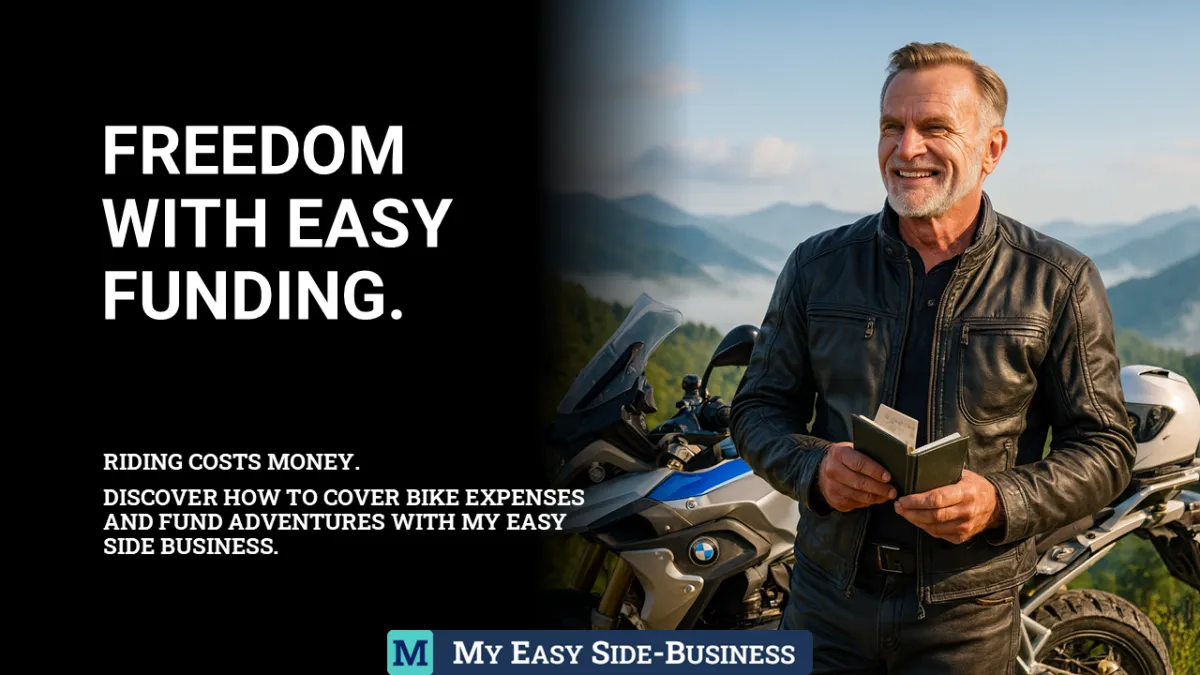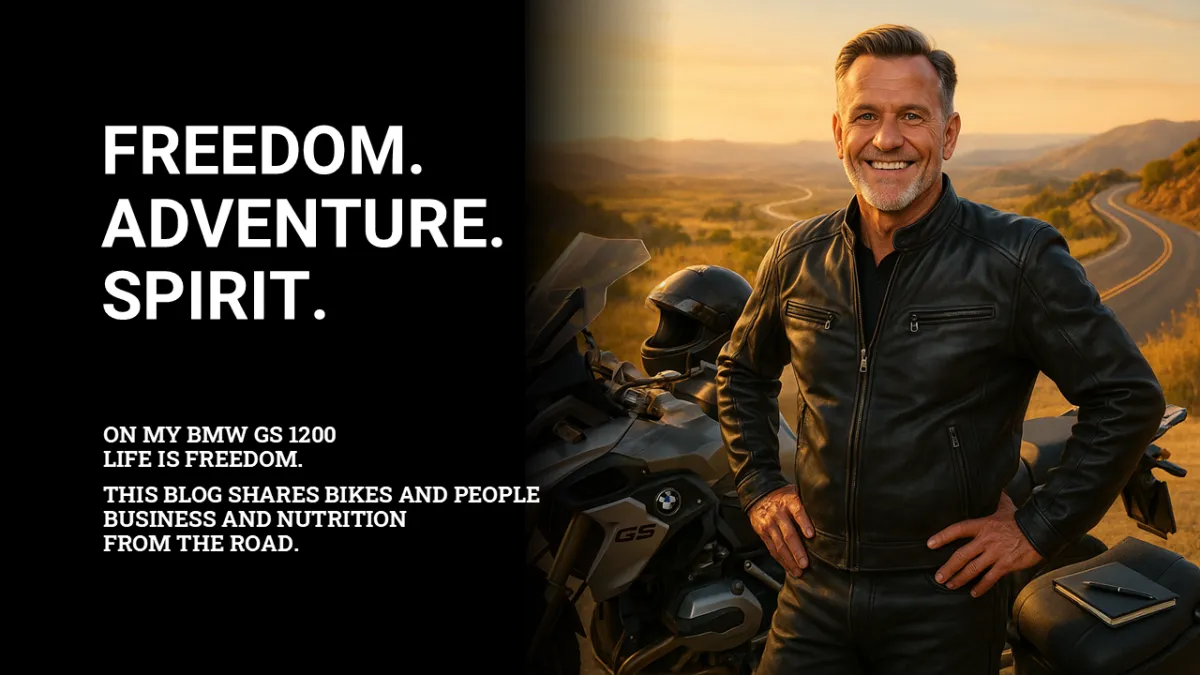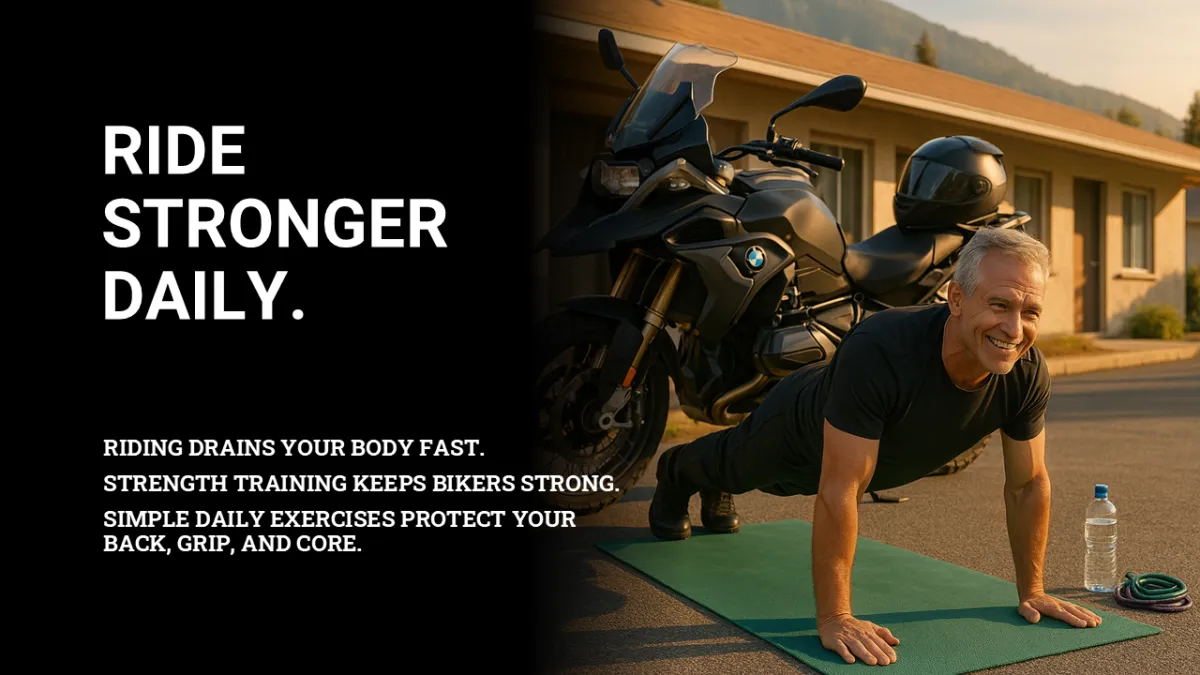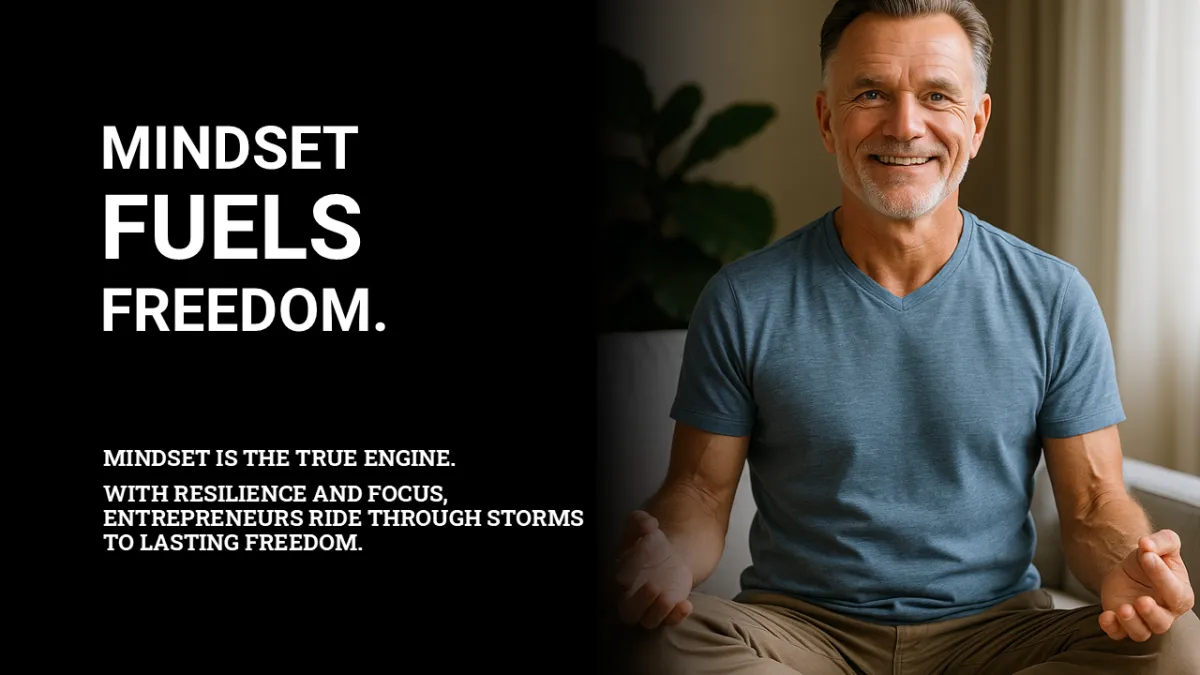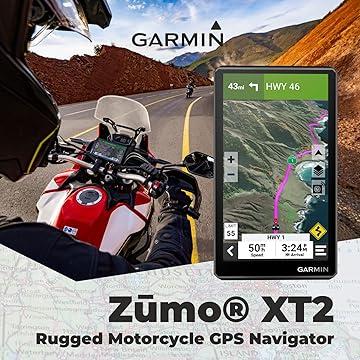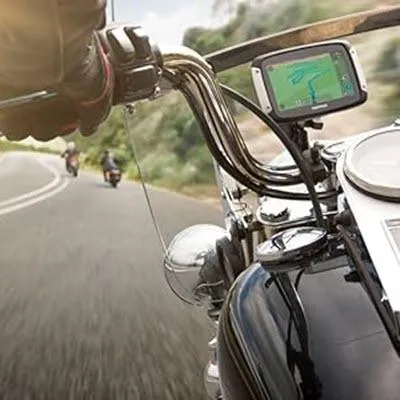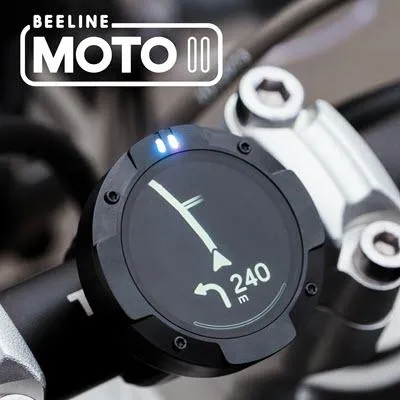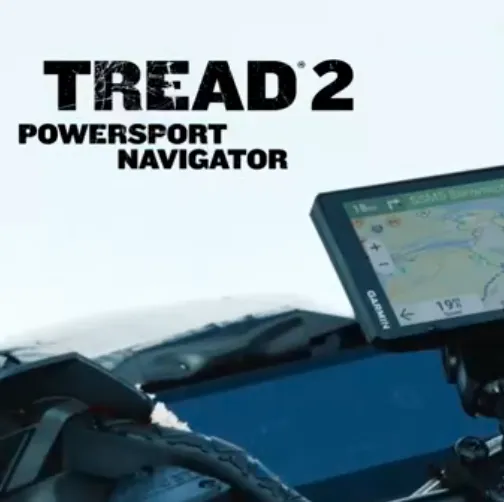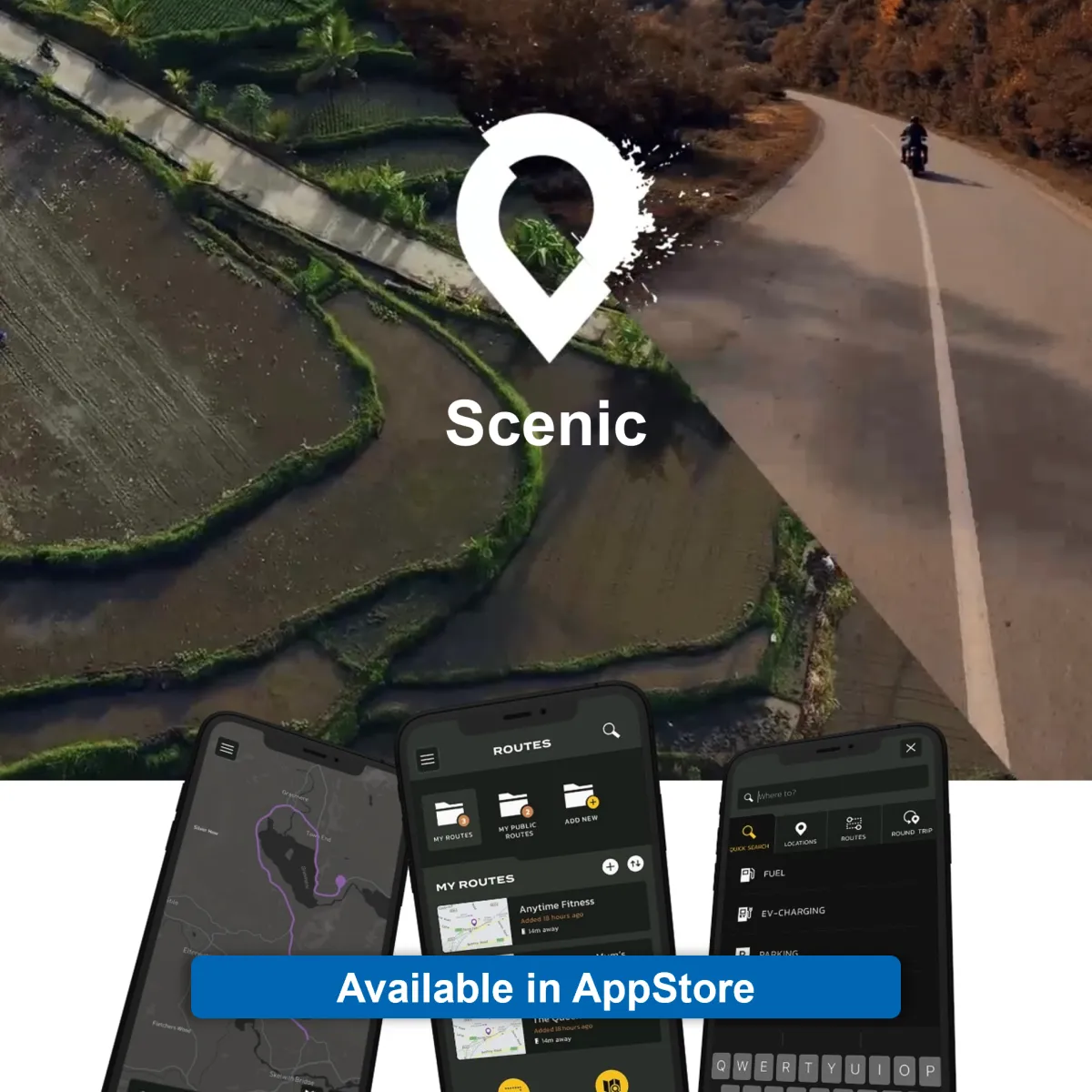Welcome to
Fred & Jessi on the road
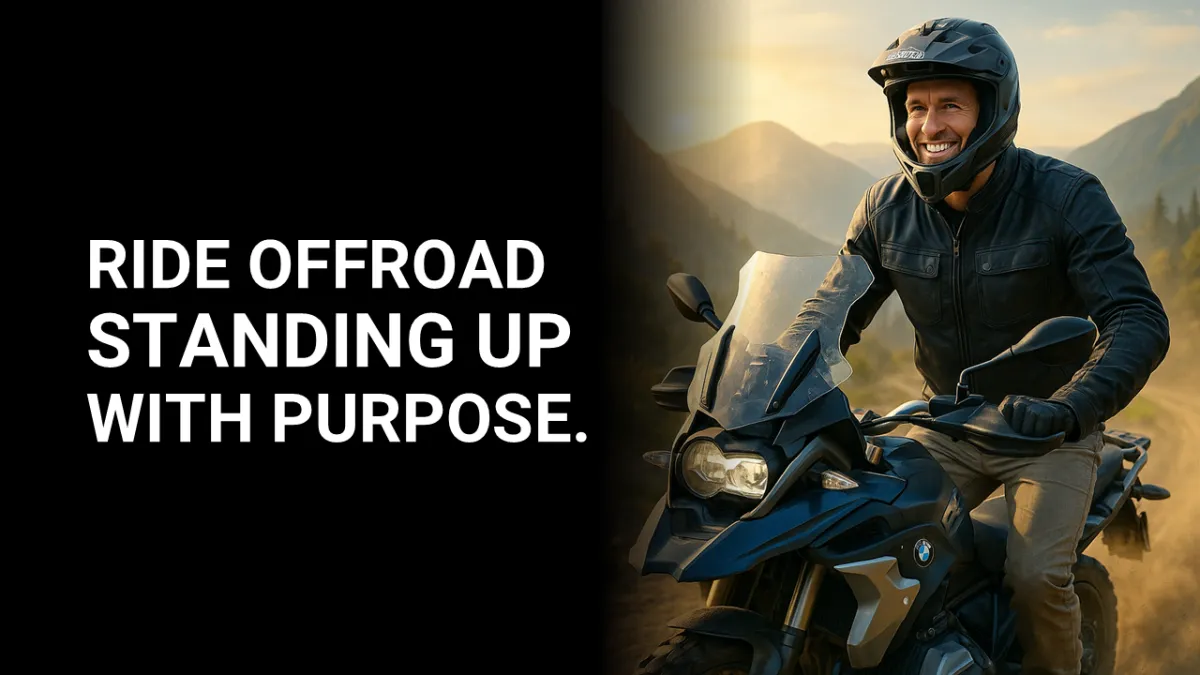
Why We Stand - The Art of Off-Road Riding
It happens all the time. Riders arrive at an off-road training course feeling confident. They’ve watched videos, maybe followed some adventure riders online. They know that once the pavement ends, you stand up. It’s part of the look – part of the ritual.
But then something changes. The gravel deepens, the sand starts shifting, or the front tire begins to float in a rut. Instinct kicks in. They sit down. And that’s exactly when the trouble starts.
Standing is not a fashion statement. It’s a survival tool. It’s how we become one with the machine, letting it breathe, flex, and correct beneath us. When things get difficult, that’s when we stand – not when it’s easy.
Watch Bret Tkacs' Video for Details.
The Myth of Lowering Your Center of Gravity
One of the most common myths in off-road training is that standing lowers your center of gravity. It doesn’t. When you stand up, you don’t change the physical location of your body’s mass in the bike-rider system. What you actually change is how that mass behaves.
By standing, you become sprung weight. That means your body, like the bike’s suspension, can move and absorb impacts independently. The motorcycle is now free to dance beneath you, instead of you being one stiff, immovable part of it. Your legs, hips, and arms become the final layer of suspension – the one that makes the ride feel lighter, more responsive, and far more forgiving.
Think of it this way: a bike without suspension feels brutal on a rocky road. Add proper suspension, and it glides. Standing transforms you into that third suspension system.
Three Simple Reasons to Stand
Even if your technique isn’t perfect, standing offers three undeniable benefits.
First – Vision. When you rise above the seat, you can see more of the trail. You notice shadows, dips, and changes in texture long before your front wheel hits them. The terrain stops surprising you.
Second – Safety. Sitting feels safe because you’re closer to the ground, but that’s an illusion. When the bike falls and you’re seated, your legs can get pinned under panniers or caught between the bike and the ground. Standing actually gives you freedom to separate from the bike. You’re half ejected before you even hit the ground, reducing the risk of being trapped or twisted.
Third – Confidence. There’s no denying it – you look and feel better standing. Every rider knows it. But it’s not about the photo. It’s about posture and pride. When you stand correctly, your body tells your brain: “I’m ready.” And that mental shift changes everything about how you ride.
When Sitting Is the Right Choice
Standing isn’t always the answer. Sometimes sitting is smarter. When the terrain is easy, when you’re conserving energy, or when long sections of smooth gravel stretch ahead, sitting down is efficient and comfortable.
The trick is knowing why you’re sitting or standing. Never do it just because someone told you to or because a YouTuber did it first. Do it because it serves the terrain and your control. If you’re standing when it’s easy and sitting when it gets tough, you’ve got it backward. The harder the surface, the more you need freedom to move – and that’s what standing gives you.
Finding Your Balance: The Neutral Position
Every off-road rider should have a “home base” position when standing – a balanced, neutral stance that allows the body to move freely without overworking.
Here’s how it looks: Your feet rest on the balls or centers, hovering naturally over the controls. Knees touch the bike, not squeezing but indexing – lightly connected. Your hips, knees, and elbows are bent just enough to act like small springs. You’re not leaning on the handlebars or hanging back behind the rear wheel. You’re centered.
Your hands? Two or three fingers on the levers is perfect. The rest stay wrapped around the grips to keep contact if the bars get deflected by rocks or roots. Your head stays up – eyes scanning the horizon, not your front fender. You’re loose, alive, and connected.
If you’re locked stiff in one position, you’re doing it wrong. If your knees are clamped tight or your arms are holding up your body weight, you’re working against your own suspension. The art of standing is the art of staying relaxed.
The Real Secret: Sprung Weight in Motion
When you ride seated, your body moves with the bike – every bounce, every jolt, every rut. When you stand, the bike moves beneath you. You become the calm at the center of the storm.
That’s the essence of sprung weight. You let the bike dance under your feet. You guide it, but you don’t fight it. You move forward under braking, back under acceleration, and side-to-side with the terrain. You anticipate the bike’s reactions before they happen. You become proactive, not reactive.
If you wait until something goes wrong to react, you’re already late. Standing allows you to lead the movement. When the front end starts to slide, you’re already shifted into position. When you brake hard, you’ve already moved your weight behind the force. You and the bike are partners in motion.
The Standing Checklist
Let’s make this practical. Before you start your next off-road adventure, run through this mental checklist:
Feet: On the balls or center, hovering lightly over the controls.
Knees: Touching but not clamping. Always indexed to the bike.
Body: Neutral, slightly bent at knees, hips, and elbows.
Hands: Two or three fingers on the levers, others gripping firmly.
Head: Up and looking ahead, scanning for terrain changes.
These aren’t rigid rules – they’re starting points. The goal is balance and freedom. The more you can move with the bike, the less energy you waste fighting it.
The Cost of Doing It Wrong
Many riders get “arm pump” – that burning fatigue in the forearms after a few minutes of standing. It’s usually not fitness. It’s setup. Handlebars that sweep too far back or risers that bring them too close prevent you from moving your upper body forward. You end up hanging on for dear life. Fix your ergonomics, and suddenly the fatigue disappears.
If you find yourself holding tight, check your posture before you blame your strength. Remember: if you have pressure on the handlebars, you’re doing it wrong.
The Mindset Shift
Standing is a mental act as much as a physical one. It’s about confronting fear. When the trail gets rough, our instincts scream “sit down, get low, hold tight.” But control comes from movement, not from hiding. Standing is a declaration of confidence – the choice to stay ahead of the bike instead of falling behind it.
Every time you stand in the middle of chaos – in mud, sand, or deep gravel – you’re saying, “I trust myself.” And that’s when you start to really feel what off-road riding is about. It’s not the machine. It’s the dance between courage and control.
5-Point Action Plan: How to Master Standing
Before you ride, remember this: standing is a skill that builds freedom. Don’t overthink it – feel it, adjust it, and make it yours.
1. Practice on flat terrain first. Find a gravel road or open field. Get used to rising and sitting smoothly without jerking the handlebars.
2. Find your neutral stance. Experiment with knee, hip, and elbow flex until you feel balanced. Your weight should float naturally between the pegs.
3. Let go of tension. Keep your grip light and your arms loose. The more relaxed you are, the more the bike can do its job.
4. Anticipate, don’t react. Look far ahead and adjust before the terrain forces you to. That’s the essence of proactive riding.
5. Mix it up. Sit when you can, stand when you must. Riding is rhythm – and standing is one beat in the song.
Keep it simple, stay loose, and let your body lead. Standing is not about strength. It’s about flow. It’s how we stay connected to the terrain without letting fear take the handlebars.
Closing Thoughts
Off-road riding is as much about attitude as it is about technique. Standing up is the physical act of rising to meet the challenge. It’s a reminder that fear is just misplaced energy – and when we channel it right, it becomes balance, clarity, and control.
The next time you hit that patch of sand, don’t drop into your seat. Rise up. Trust the bike. Let it move. You’ll feel the difference – and that’s where true freedom begins.
Fred, Jessi & iFred - on the Road for You
On the road, living free and sharing our adventures. Fred rides, Jessi carries, and iFred connects the stories. This time, our journey taught us about how standing turns fear into control, powered by the freedom from My Easy Side Business.
And always keep in mind where to find the right supplements and residual income!
updates
updates
Social Media
Business
Blog Categories
Why I Ride and Write
Featured Articles
From our YouTube Channel
promotion zone
disclaimer
Our recommendations on this page are based on our own independent research and riding experience. We are not responsible or liable for any issues, malfunctions, or dissatisfaction with the products mentioned. Please note that we may earn a commission if you buy through links on this page, at no extra cost to you.




